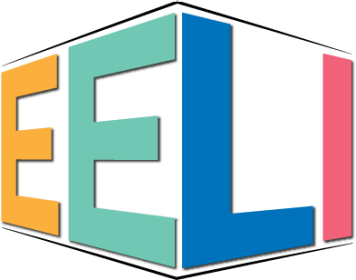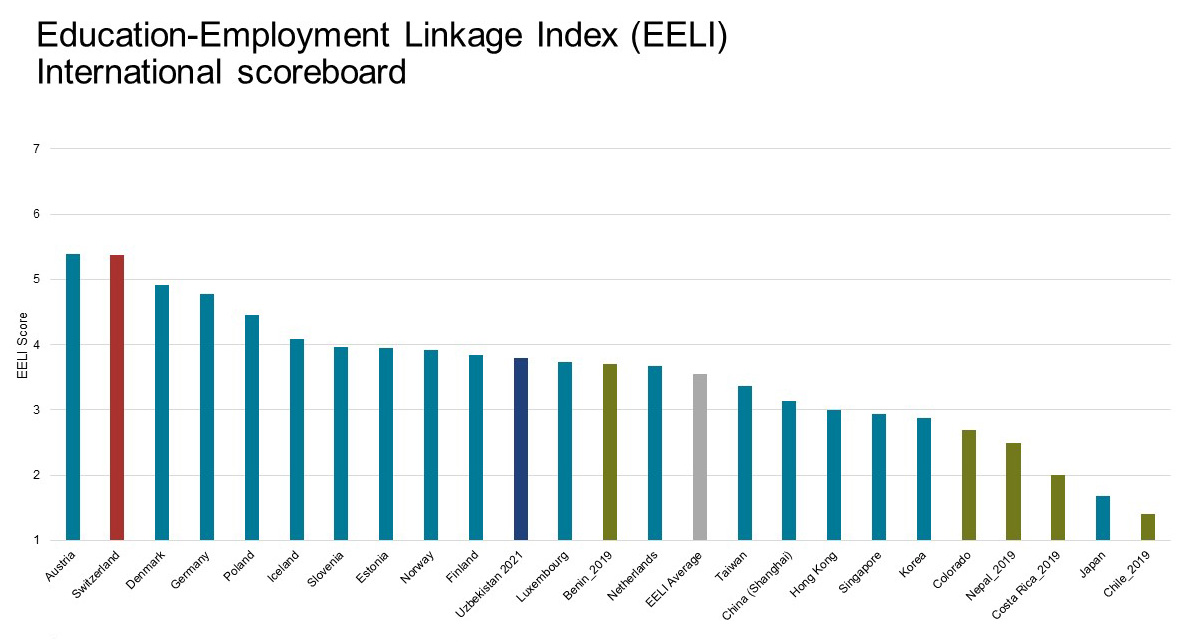EELI
Education-Employment Linkage Index (EELI)

The Education-Employment Linkage Index (EELI) measures the extent to which actors from the education and employment systems interact for vocational education and training (VET).
Academic education falls entirely under the purview of education systems, but cooperation with actors from the employment system is required for VET. The distinction is that education oriented towards labor market demand creates a principal-agent problem; without linkage, employers demand skills and have to rely on the education system to supply those skills by identifying the correct up-to-date skill sets for each profession and successfully teaching them.
This creates an information asymmetry, as employers cannot be sure that graduates have the skills they need and education is unlikely to be completely correct in determining content. In addition, employers already have the newest technology on which to train students, which the education system can likely not afford. The entire training process resolves the principal-agent problem and conserves resources through cooperation.
We measure linkage in three dimensions of the Curriculum Value Chain (CVC), which categorizes education and training policies into the curriculum design phase, curriculum application phase, and curriculum feedback/updating phase. To construct the EELI, we identified sub-dimensions at every point within those phases where actors from the education and employment systems can potentially collaborate. We use an online survey of a large number of experts to generate data to calculate the index.
This instrument was created with 18 countries and is continuously used in additional countries.

